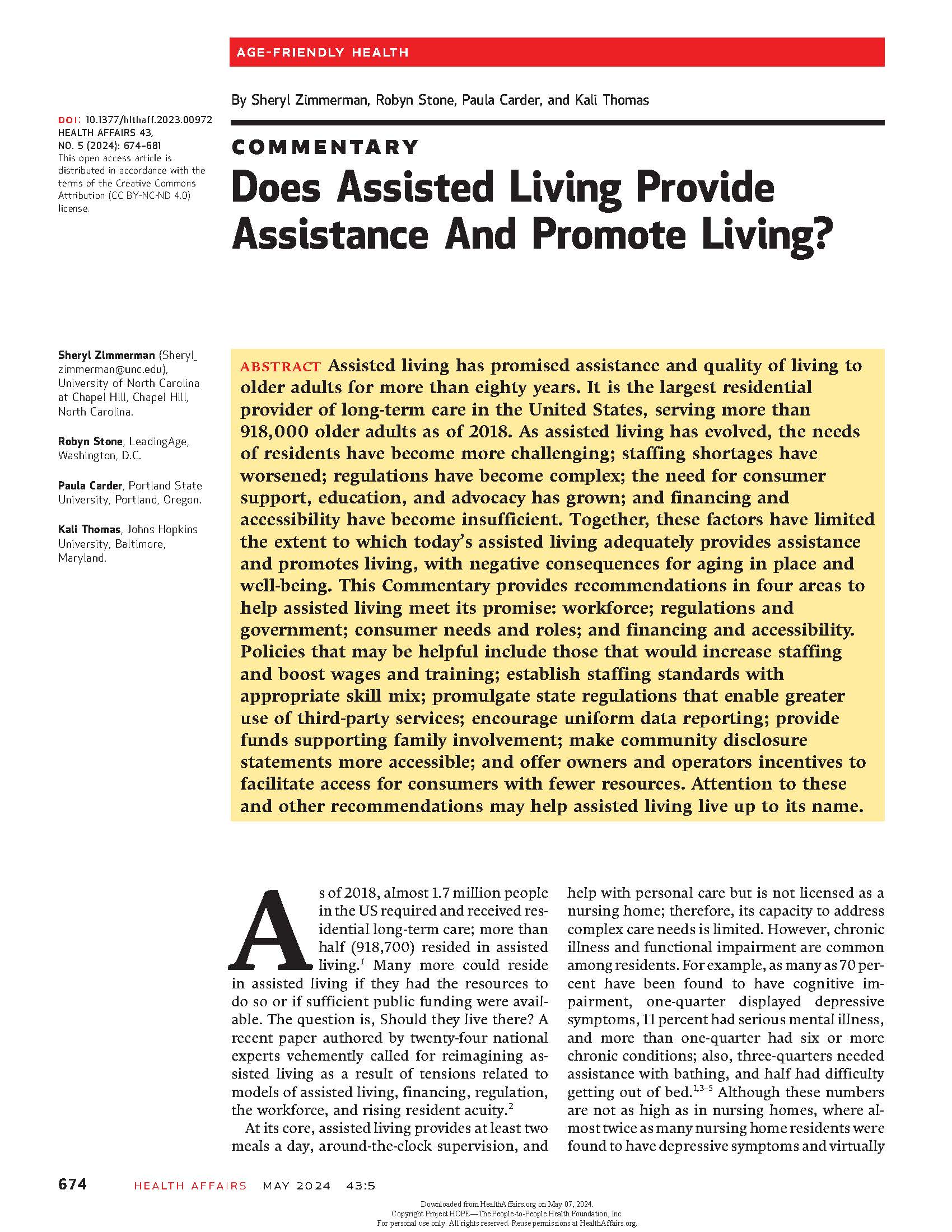Background
Assisted living (AL) is an increasingly common residential setting for persons with dementia; yet concerns exist about sub-optimal care of this population in AL given its lower levels of staffing and services. Our objectives were to (i) examine associations between AL setting (dementia care vs. other), COVID-19 pandemic waves, and prevalent antipsychotic, antidepressant, anti-dementia, benzodiazepine, and anticonvulsant drug use among residents with dementia/cognitive impairment, and (ii) explore associations between resident and home characteristics and prevalent medication use.
Methods
We conducted a population-based, repeated cross-sectional study using linked clinical and health administrative databases for all publicly funded AL homes in Alberta, Canada, examined between January 2018 – December 2021. The quarterly proportion of residents dispensed a study medication was examined for each setting and period (pandemic vs. comparable historical [2018/2019 combined]) focusing on four pandemic waves (MarchMay 2020, September 2020-February 2021, March-May 2021, September-December 2021). Log-binomial GEE models estimated prevalence ratios (PR) for period (pandemic vs. historical periods), setting (dementia care vs. other) and period-setting interactions, adjusting for resident (age, sex) and home (COVID-19 cases, health region, ownership) characteristics.
Results
On March 1, 2020, there were 2,779 dementia care and 3,013 other AL residents (mean age 83, 69% female) with dementia/cognitive impairment. Antipsychotic use increased during waves 2–4 in both settings, but this was more pronounced in dementia care than other AL during waves 3 and 4 (e.g., adjusted [adj]PR 1.20, 95% CI 1.14–1.27 vs. adjPR 1.09, 95% CI 1.02–1.17, interaction p=0.023, wave 3). Both settings showed a statistically significant but modest increase in antidepressant use and decrease in benzodiazepine use. For dementia care AL residents only,

Center for Excellence in Assisted Living CEAL@UNC
Advancing the well-being of the people who live and work in assisted living through research, practice, and policy.

